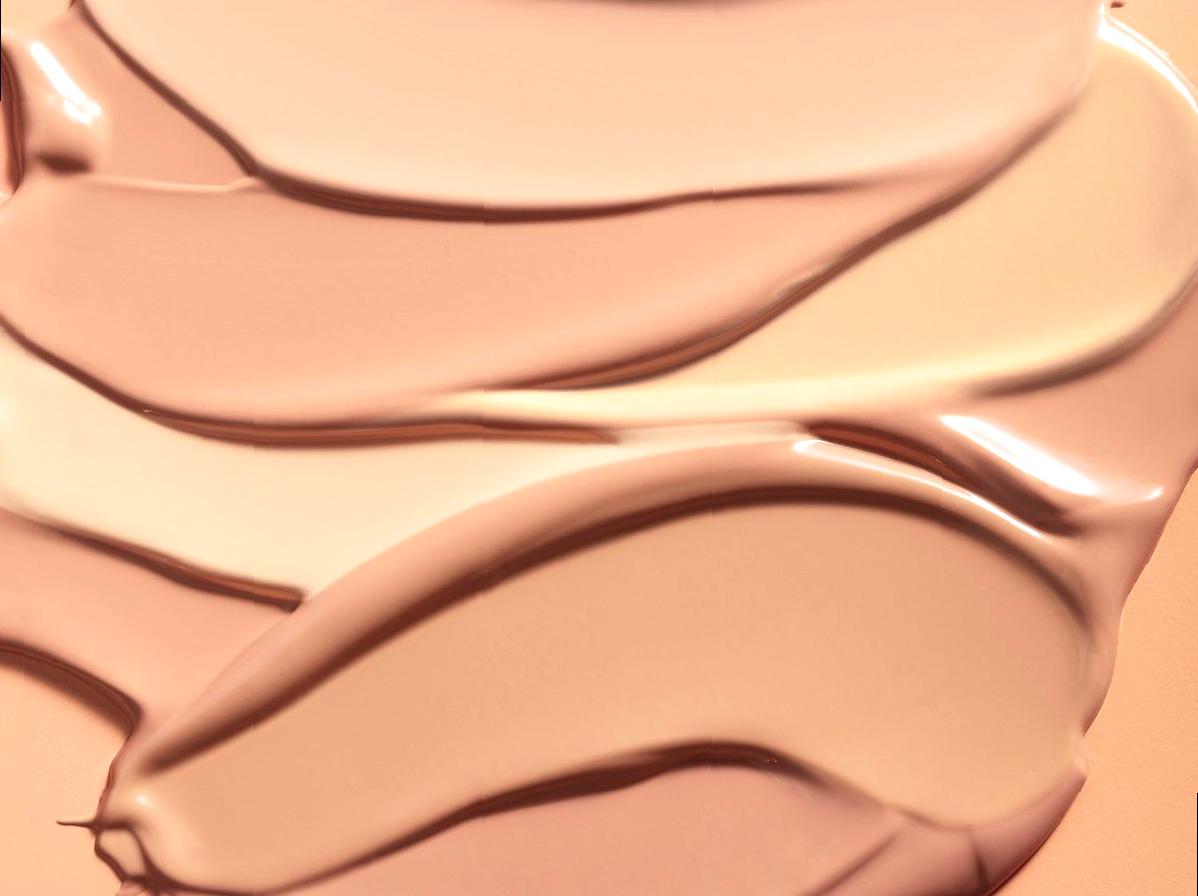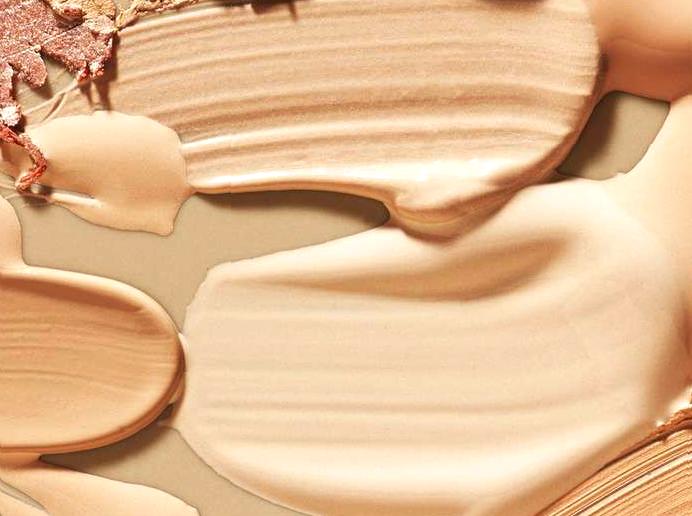Choosing the right foundation can be a game changer in your makeup routine; it can enhance your natural beauty, even out your skin tone, and boost your confidence. Factors such as skin type, coverage preference, and desired finish play crucial roles in determining which foundation is the best fit for you. The foundation market is expansive, with myriad options available from liquid to powder to stick formulas. This article aims to help you navigate through the choices by breaking down essential aspects to consider before making a purchase. By understanding your skin’s unique needs and preferences, you can find a foundation that feels like a second skin rather than a mask.

Understand Your Skin Type
Your skin type significantly influences the type of foundation that will work best for you. Here are the primary categories of skin types and how they can guide your foundation choice:
- Oily Skin: If your skin tends to shine, opt for a matte foundation that absorbs excess oil and provides long-lasting wear.
- Dry Skin: Creamy or liquid foundations with hydrating properties are ideal as they provide moisture and prevent flakiness.
- Combination Skin: Look for foundations that offer a balance, such as oil-free formulas with a satin finish.
- Sensitive Skin: Consider mineral or fragrance-free foundations to minimize irritation while allowing your skin to breathe.
- Normal Skin: Lucky you! Most foundation types will work well; focus on what finish you prefer.
Understanding your skin type lays the foundation—pun intended—for selecting a product that harmonizes with your natural complexion rather than conflicts with it.

Coverage Preferences: Sheer, Medium, or Full?
Another crucial element in foundation selection is your coverage preference. Depending on the occasion or your skin’s condition, you may want different levels of coverage:
- Sheer Coverage: This type allows your natural skin texture to show through. Ideal for everyday wear or minimal makeup days.
- Medium Coverage: Perfect for most occasions, medium coverage foundations can hide imperfections while keeping a natural look.
- Full Coverage: If you’re looking to cover blemishes, scars, or uneven skin tone, full coverage foundations provide a flawless canvas.
Your coverage choice will affect not only the appearance of your skin but also how you feel throughout the day. A foundation that provides the desired coverage can give you confidence, regardless of your plans.

Choose the Right Finish: Matte, Dewy, or Satin
The finish of your foundation contributes to the overall appearance of your makeup. Here’s a breakdown of common finishes and who they suit best:
- Matte Finish: This finish is best for oily or combination skin as it controls shine and keeps your makeup looking fresh for hours.
- Dewy Finish: Perfect for dry or mature skin, a dewy finish adds hydration and luminosity, which can give a youthful appearance.
- Satin Finish: This finish is versatile and can suit most skin types, providing a natural look that isn’t overly shiny or flat.
Choosing a finish goes beyond aesthetics; it also affects how your skin looks and feels throughout the day, enhancing or masking your natural beauty.

Testing and Finding Your Shade
Once you’ve narrowed down your options based on skin type, coverage, and finish, the next step is to find the correct shade. Remember these tips when testing foundations:
First, test the foundation on your jawline or the side of your face rather than your wrist, as this will provide a better match to your face’s actual tone. Secondly, make sure to test the foundation in natural light to see its true color. Lastly, walk around for a short period after applying to make sure it doesn’t oxidize and change shades throughout the day. It’s also beneficial to consult with beauty experts at makeup counters, who can often provide personalized shade matching services. This step is critical; after all, the right shade will seamlessly blend into your skin, making it appear as if you’re wearing nothing at all.
Conclusion
Choosing the right foundation is a personalized journey that involves understanding your skin type, coverage preferences, and desired finish. By taking the time to assess these factors and test different options, you can find a product that complements your natural beauty and elevates your makeup game. Remember that the perfect foundation should enhance your features rather than cover them up. Embrace the journey of experimentation, and don’t hesitate to ask for help when needed. The right foundation will not only unify your complexion but also contribute to your overall confidence in how you present yourself to the world.
FAQs
To determine your skin type, wash your face and leave it bare for a few hours. Observe how your skin feels and looks: oily, dry, combination, or normal?
2. How should I apply foundation?
Foundation can be applied using your fingers, a makeup sponge, or a brush. Start from the center of your face and blend outward for a seamless look.
3. Can I mix foundations?
Yes! Mixing foundations can help you achieve the perfect shade and coverage. Just ensure they have compatible formulas for the best results.
4. How often should I replace my foundation?
It’s recommended to replace your foundation every 6-12 months, depending on the type. Always check for expiration dates and changes in texture or smell.
5. Is expensive foundation worth it?
While expensive foundations often have better formulations, it ultimately depends on your skin’s needs and preferences. Many affordable options also deliver excellent results.
